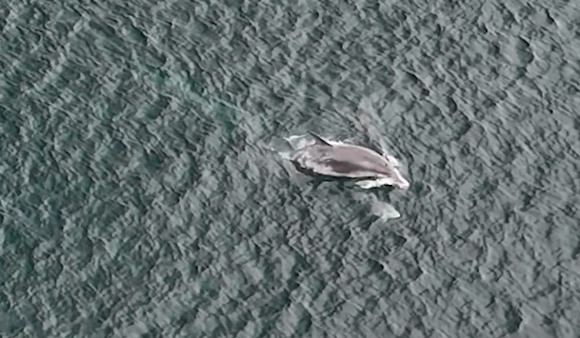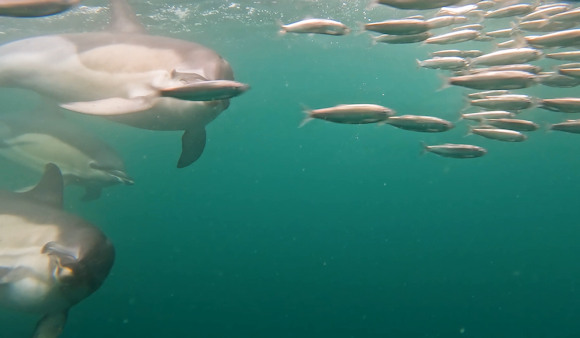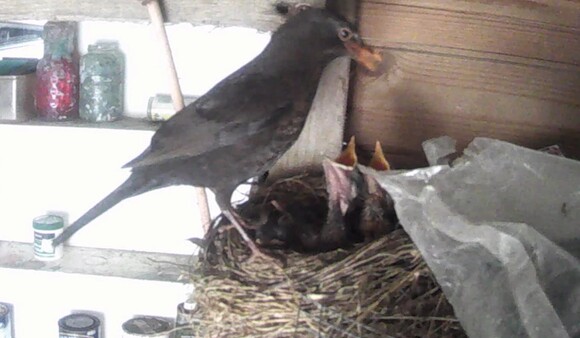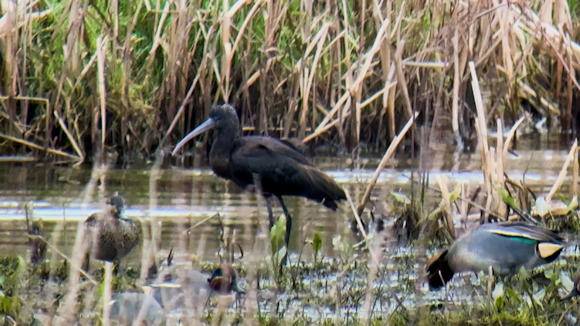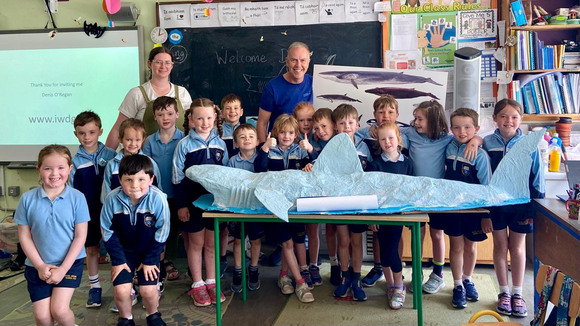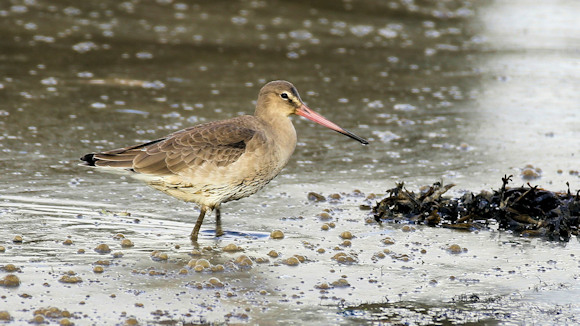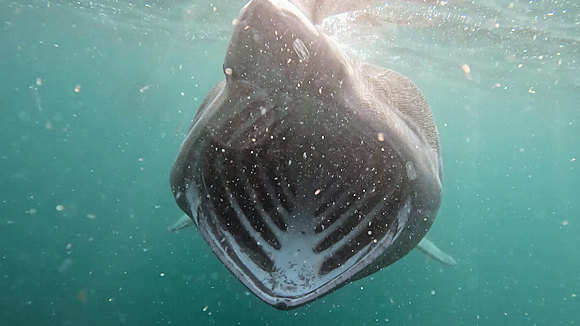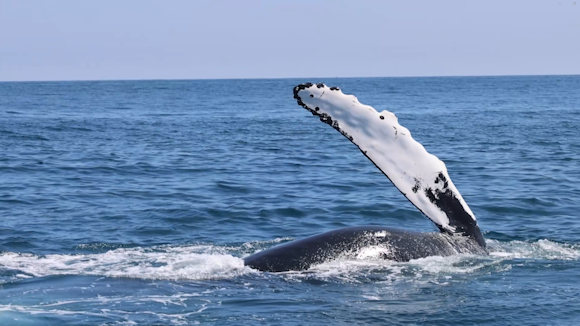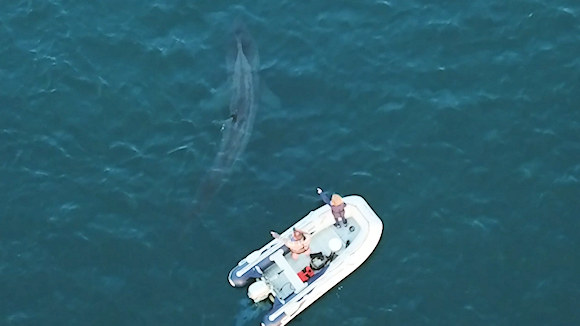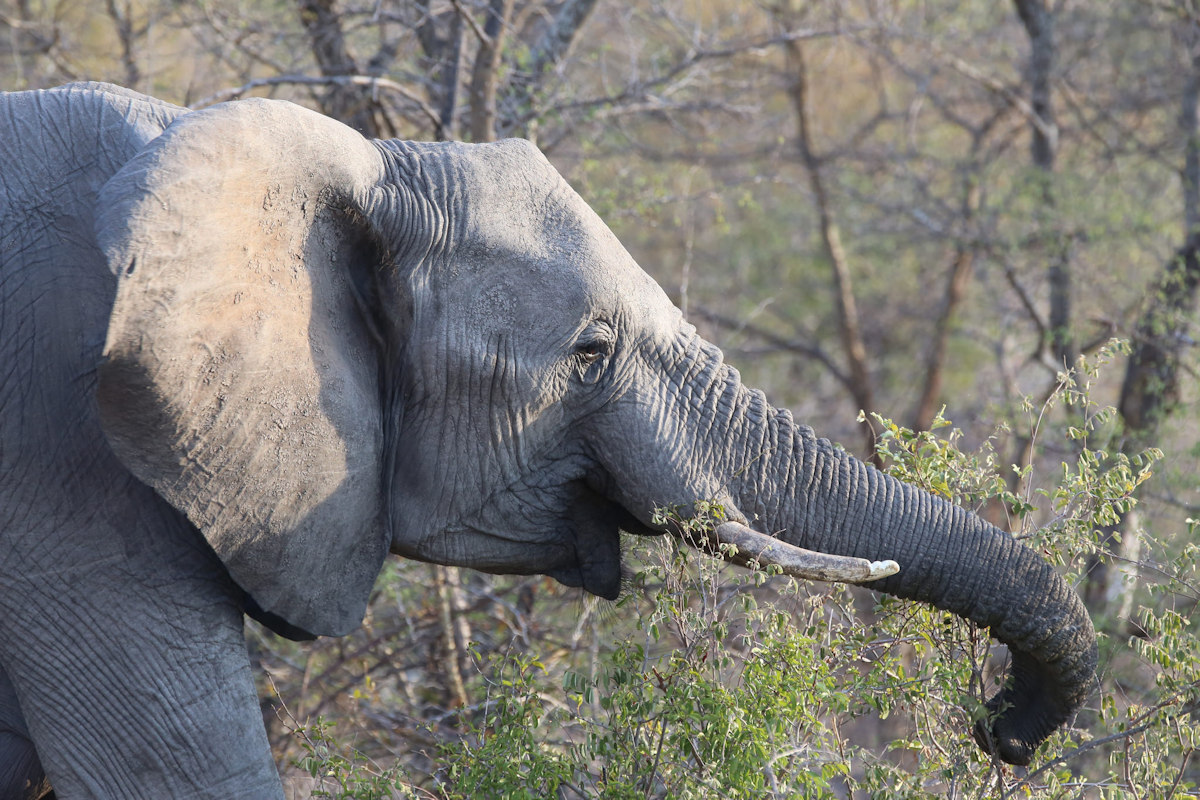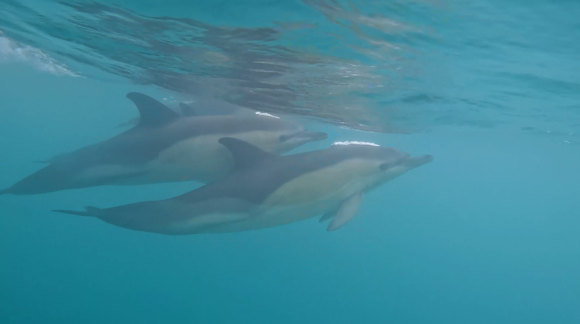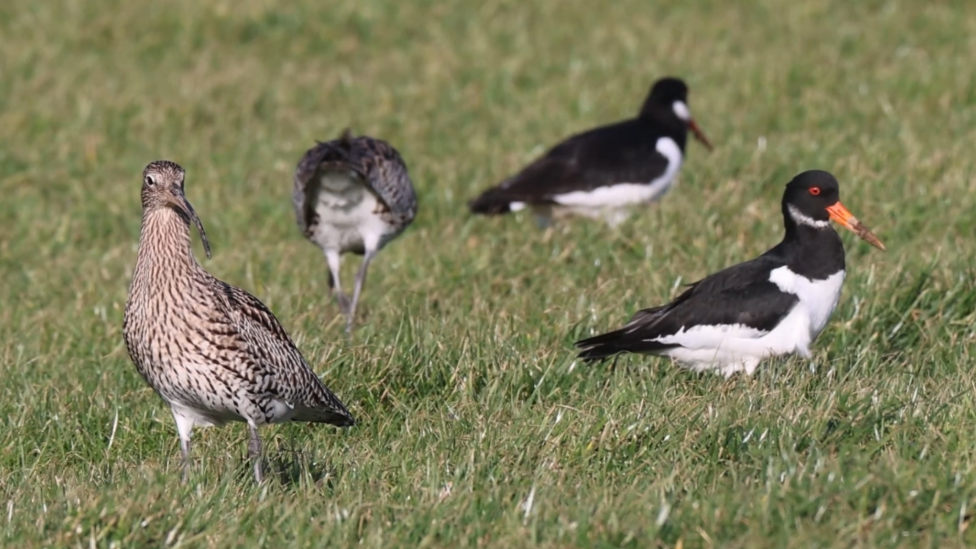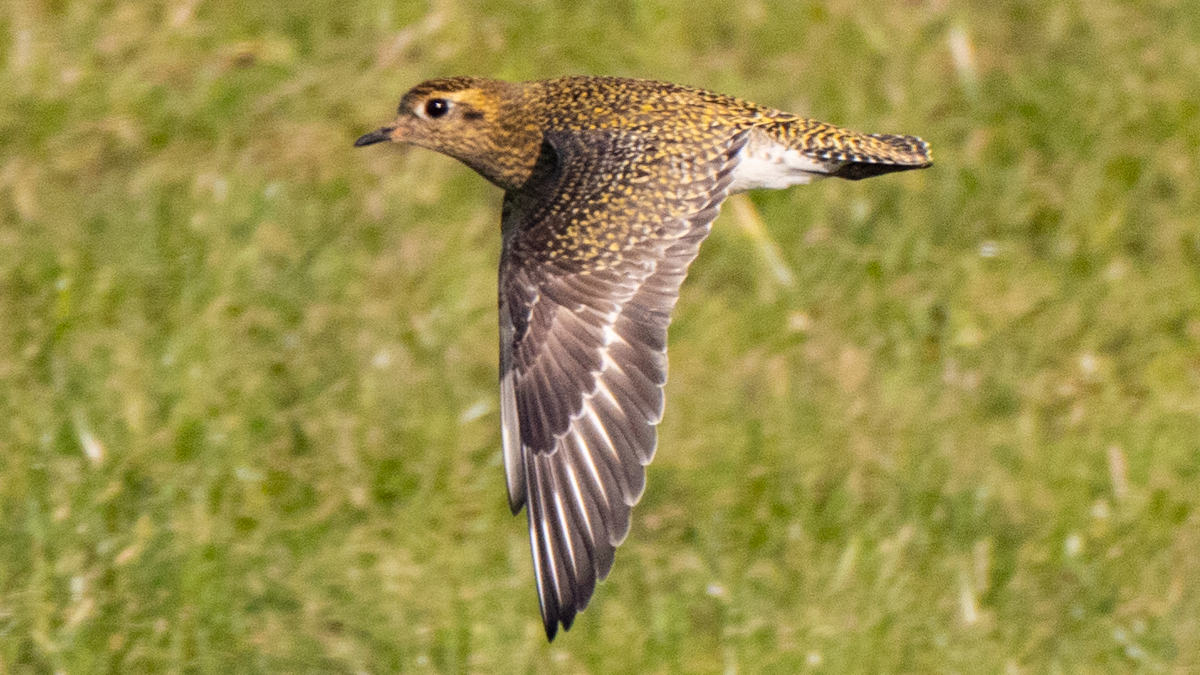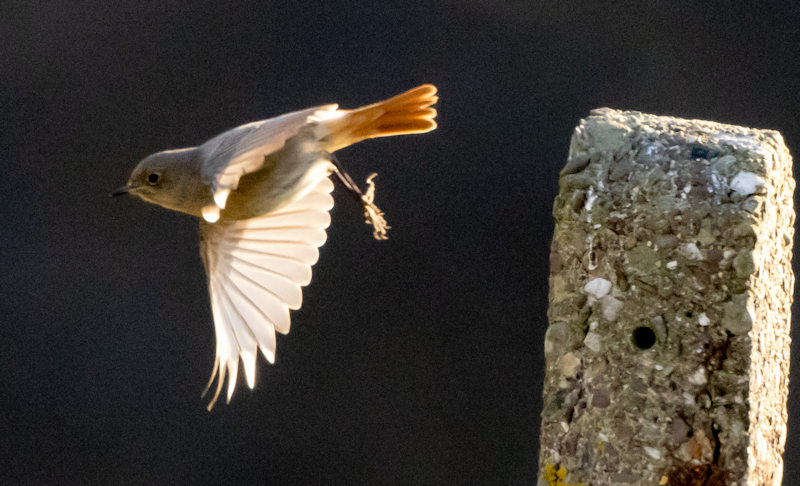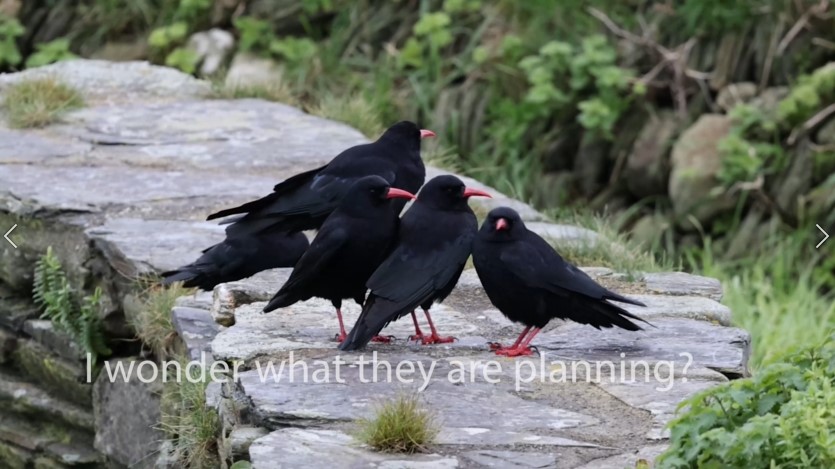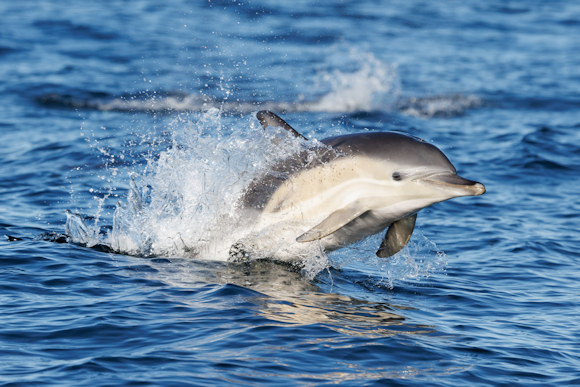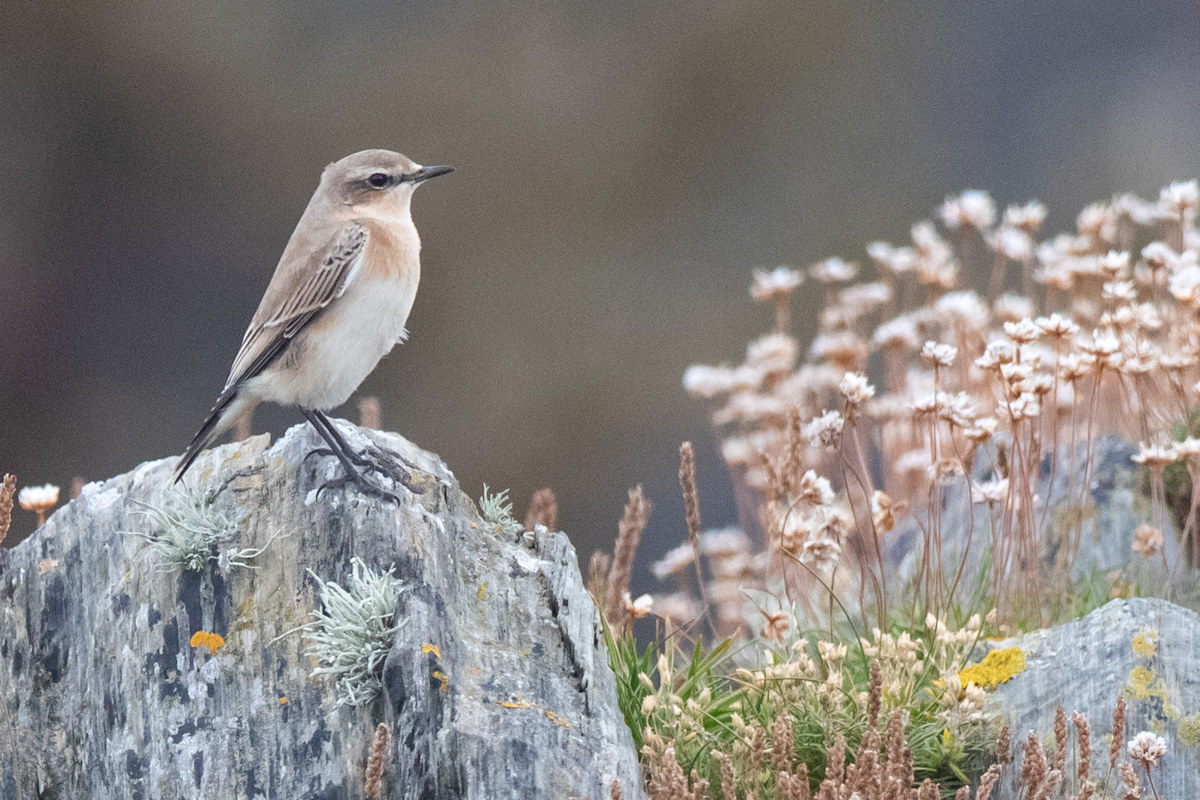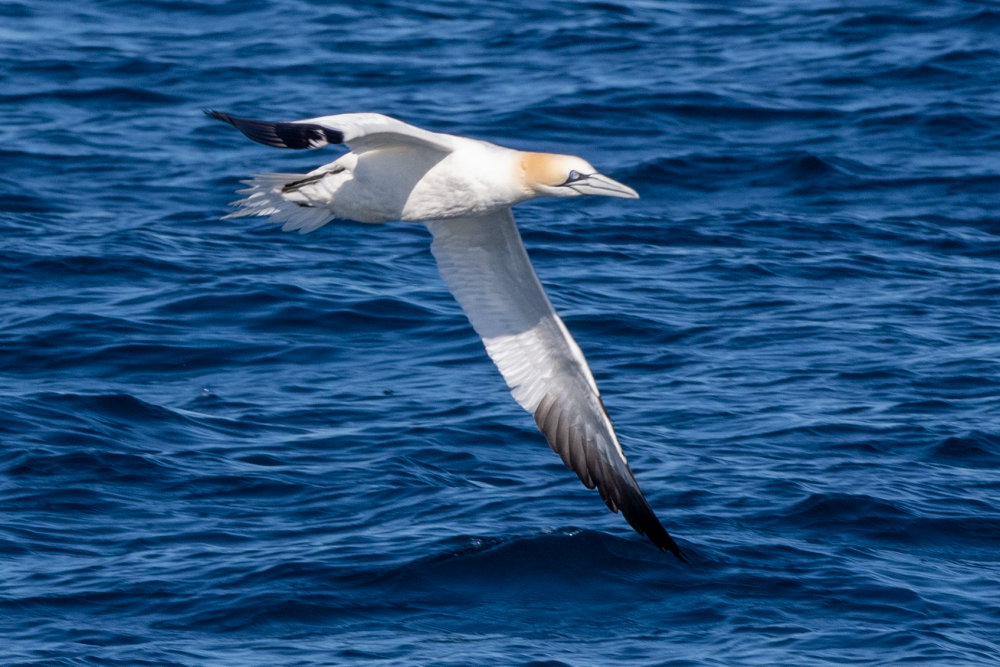Unprecedented numbers of Basking Sharks
This May (2024) the coast of Ireland has received visits from unprecedented numbers of Basking Sharks
Reports of fifty to ninety fish have been logged by members of the IWDG (Irish Whale and Dolphin Group). Of course the basking shark (Cetorhinus maximus) is not a cetacean at all but members gather the data anyway. The lay person might be forgiven for thinking this could be a whale as this is the largest fish in the Northern Atlantic. The Whale Shark is the only other fish on this planet that is larger.
Taken on 10 May 2024, here is some drone footage I took of them arriving into Clonakilty Bay:
The next day I sat still quietly in the evening drifting in my kayak when a number of sharks decided to make a beeline to me. I really didn’t want to put my paddle in the water to disturb them and I think they might have been curious to take a look at my craft as they peacefully passed by. Notice all the transparent plankton in the water (which is why they are here).
In the following days I observed many more shivers of sharks pass through the area from the Old Head at Kinsale to the Galley Head. On some days Gannets plummeted desperately close to some of the sharks as they wove their way around the many lobster pots.
On 14 May I decided to take a look from the cliff at Lehenagh locally known as Faill na naoi gcúisín (the cliff of the nine coves) when I spied the ominous signs of a buoy moving around. With my scope I could see a shark had become entangled in the rope. However, after about an hour the float popped up and drifted into the beach – so I assumed it had freed itself.
On the afternoon of Wednesday 15 March I received a message from the local coastguard reporting a ‘whale or dolphin’ caught in the ropes of a lobster pot at the same location. So I went to take a look and found indeed a dead basking shark entangled in the rope of another lobster pot.
The following early morning I spotted the dead carcass drifting towards our house at Donaghmore beach and alerted our local IWDG group. Jasmine, one of the marine biologists in our group asked me to let her know where it lands. Eventually we could see it washing up onto the rocks near Simon’s Cove. So I travelled over to see if it was accessible. In the meantime Jasmine contacted her colleague Danielle and I picked them up and brought them to the location. After some measuring and collection of samples they confirmed it was a female measuring over seven metres long.
This incident has sparked lots of discussion about whether there is anything that could be done to prevent a reoccurrence. Apparently, there are ‘ropeless’ lobster pot systems but they would be costly when one considers that two or three hundred pots might be set by one boat. Could the authorities delay or suspend fishing with pots? There are no easy solutions especially when we have experienced the unprecedented numbers that could not have been predicted.
Reflection
Fossils of Basking Sharks have been found dating around 30 million years. We (Homo sapiens) have existed for about one-thousandth of that time (300 thousand years)
 How long have they existed?
How long have they existed?
The average global temperature for 2023 was 13.9°C, the hottest since records began. However records only began in 1850 and by the use of geology and paleontology we can estimate average global temperatures as follows:
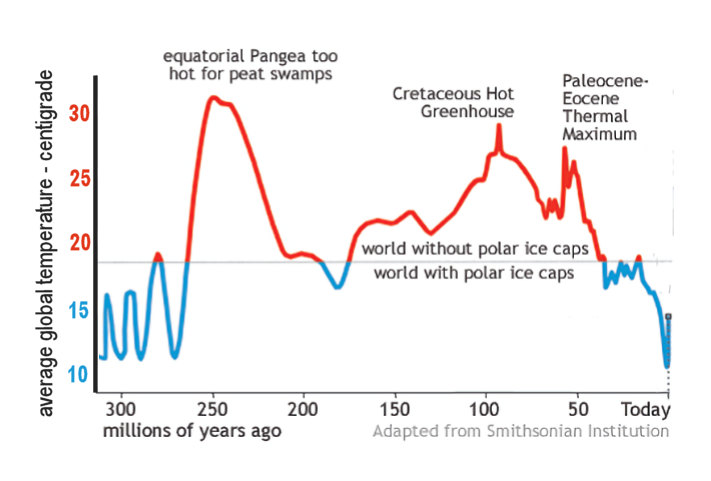 Average global temperature
Average global temperature
So for most of their existence Basking Sharks have lived through a world without polar icecaps. It leaves me with a thought. If the human race cannot survive such big variations in global climate Basking Sharks probably will.
Many thanks to:
Jasmine Stavenow Jerremalm
Marine biologist and PhD researcher at University College Cork & MaREI Center
Dr Danielle Orrell
Senior Postdoctoral Researcher at University College Cork & MaREI Center

